Midland students gather every afternoon for an assembly where announcements are made. Marcie Begleiter
A California high school where students pretty much run the show
Tucked in a grassy canyon along the Central Coast is a high school where students chop wood and tend livestock between their history and calculus classes.
Doubling as a working farm, the campus differs from the typical American high school in another crucial respect: No one among the faculty or the roughly 90 students ever looks at a cellphone.
Midland School, a co-ed boarding school in Los Olivos, was established in 1932. The idea, as founder Paul Squibb put it, was that a student who appreciates his material blessings, “will live a more vivid and interesting life and will be a better citizen.”
The credo is reflected in the instructions given to incoming freshmen, who are encouraged to bring three important objects: an axe, a knife, and a lighter. Cellphones, meanwhile, are confiscated until the end of the six-week term.

Students attended a Spanish class at Midland.
Marcie Begleiter
“We know we’re different and we know we’re a little crazy,” said Christopher Barnes, the head of school. “The question for each student and for each family is if we’re your kind of crazy.”
The students more or less run Midland, which has no janitorial or maintenance staff. They plant and pick about half of the food they eat on a 10-acre farm. They clean the windows, maintain the landscape, and sweep the old chapel.
Fall out of line and it’s a problem, said Barnes. He cited the wood-fired showers. “When it’s your job in the afternoon to go up and light a fire and make hot water, if you fail at that task — either you don’t tend to the fire or whatever else — then you suffer the wrath of your peers,” he said. “And you earned that wrath.”
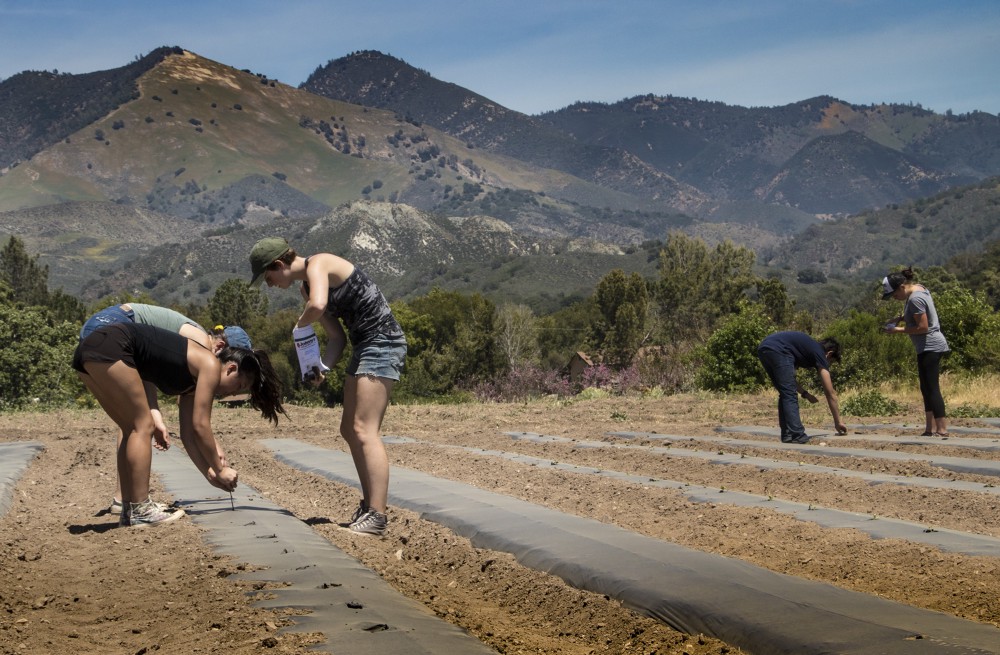
Students planted watermelon seedlings on the school’s 10-acre farm.
Marcie Begleiter
For the pleasure of all that work and study, Midland charges an eye-popping tuition of $55,300, though only about 40 percent of families pay it. More than half the student body gets scholarships of around $32,000.
Midland graduates reliably move on to well-regarded universities, including Stanford and Harvard. Many later report being profoundly changed by their rustic high school experiences. Yet even during a time of growing anxiety over the role of technology in young people’s lives, Midland has struggled to keep its enrollment numbers up.
That’s partly because private school applications have been on the decline generally. There’s also the matter of boarding — the students stay in spare wooden cabins — an idea that doesn’t sit well with many California parents. And in some cases, Barnes said, prospective students have recoiled at the no-phone policy. “Thirteen- and 14-year-olds have a veto,” he noted. “That didn’t use to be true.”
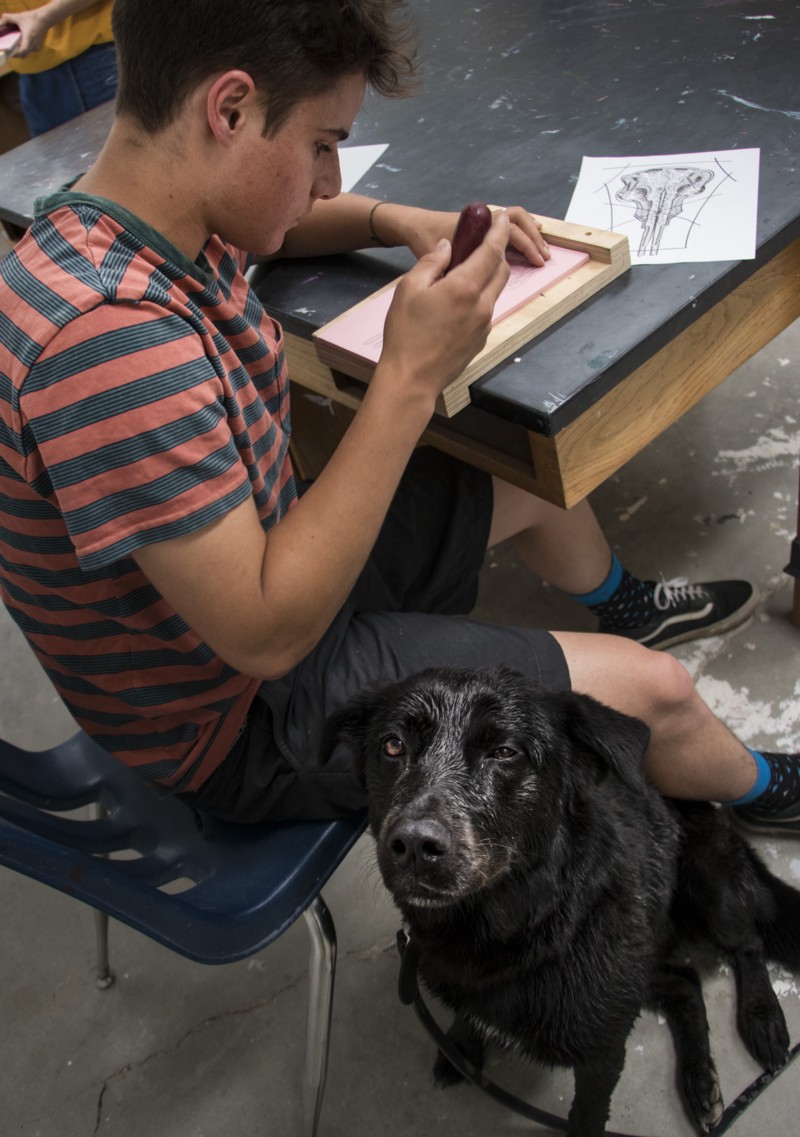
Students are allowed to bring pet dogs with them into class
Marcie Begleiter
Still, a number of Midland students said that while the initial withdrawal was difficult, they ultimately found the phoneless life to be almost liberating.
Jade Feldsher, a 16-year-old from Rancho Cucamonga, said that before joining Midland she worried about how devices had overtaken her social life. “I thought that everybody was becoming a phone zombie, and I knew that I’d become one too, and I did,” she said.
“It sounds really cheesy,” she added, “but I think I’m happy to not have it.”
See more photos from Midland School by the filmmaker and photographer Marcie Begleiter below.
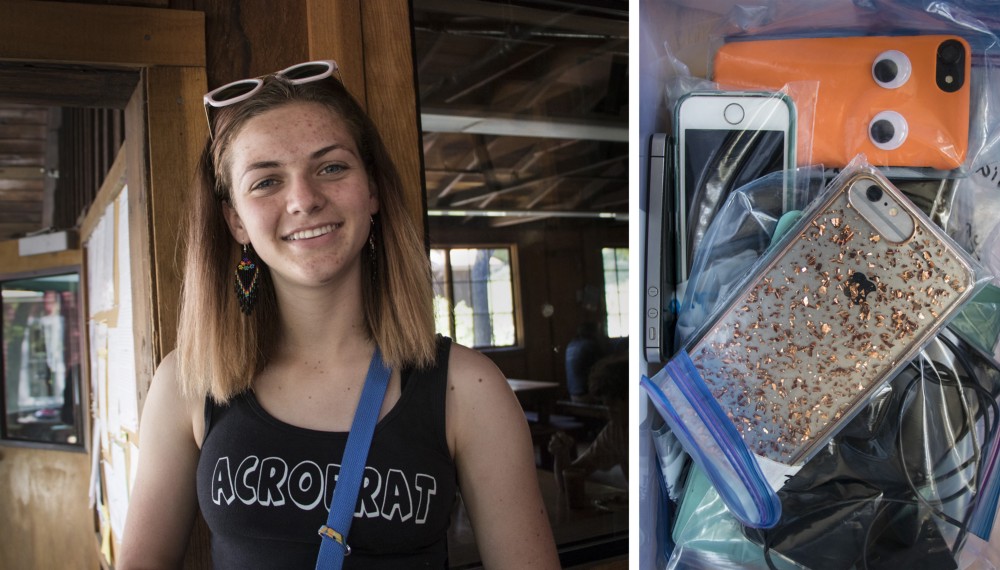
Jade Feldsher, left, a sophomore at Midland, and a bin with the students’ cellphones that is kept in a closet all term.
Marcie Begleiter
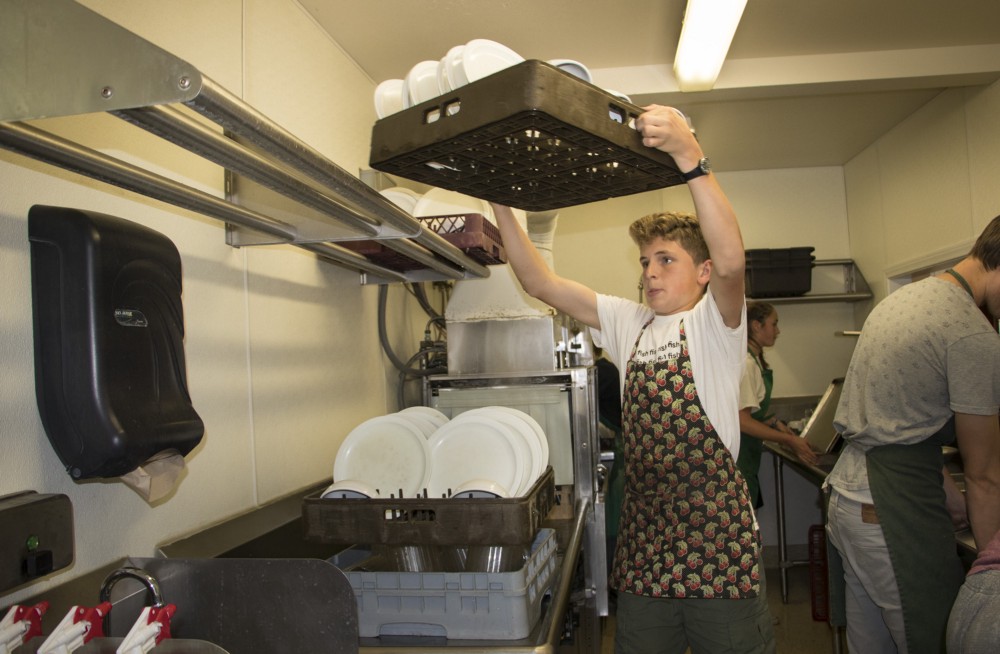
At Midland, students do pretty much everything for themselves.
Marcie Begleiter
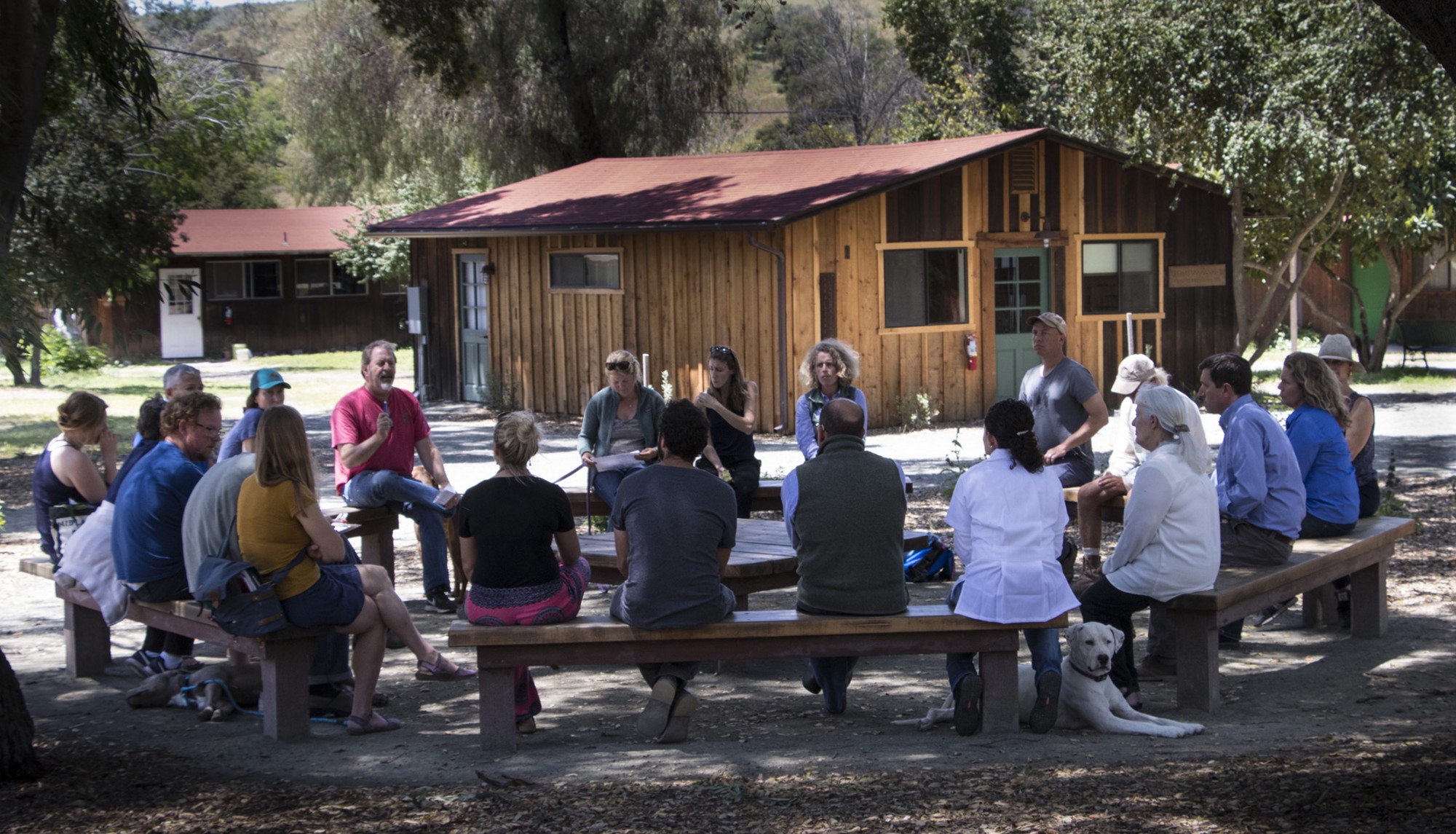
Faculty members held a meeting. Teachers live on the campus alongside the students.
Marcie Begleiter
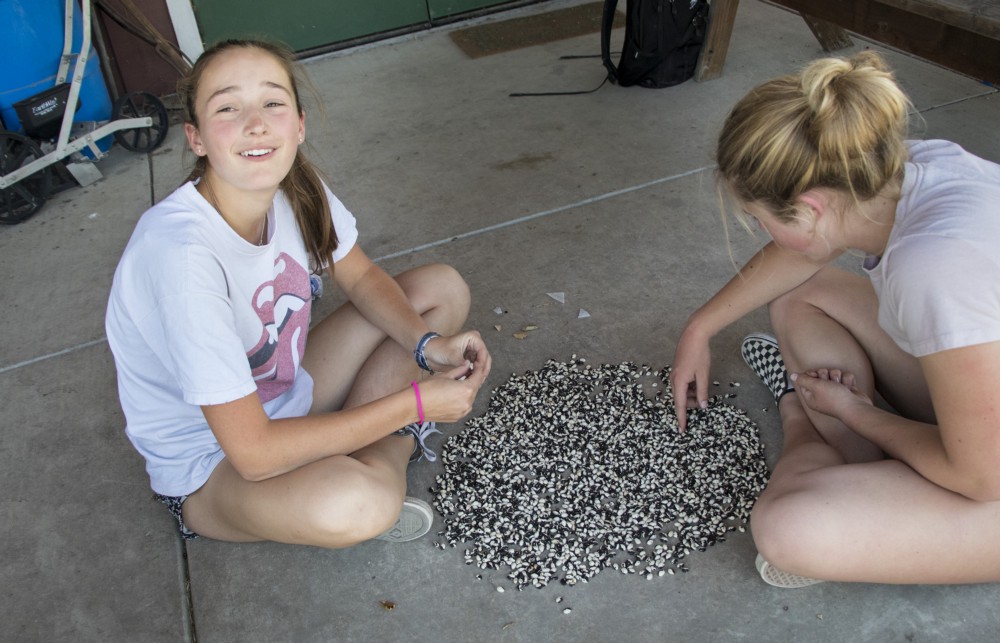
Culling heirloom beans. The farm produces about half the produce eaten at Midland.
Marcie Begleiter
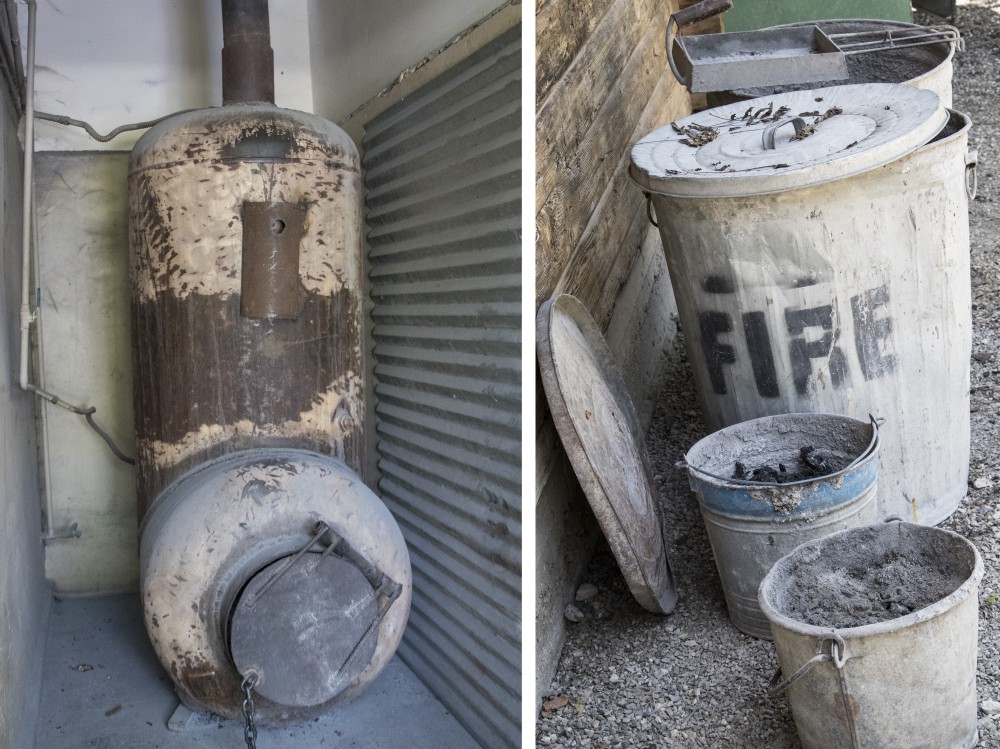
The campus uses wood-fired showers.
Marcie Begleiter
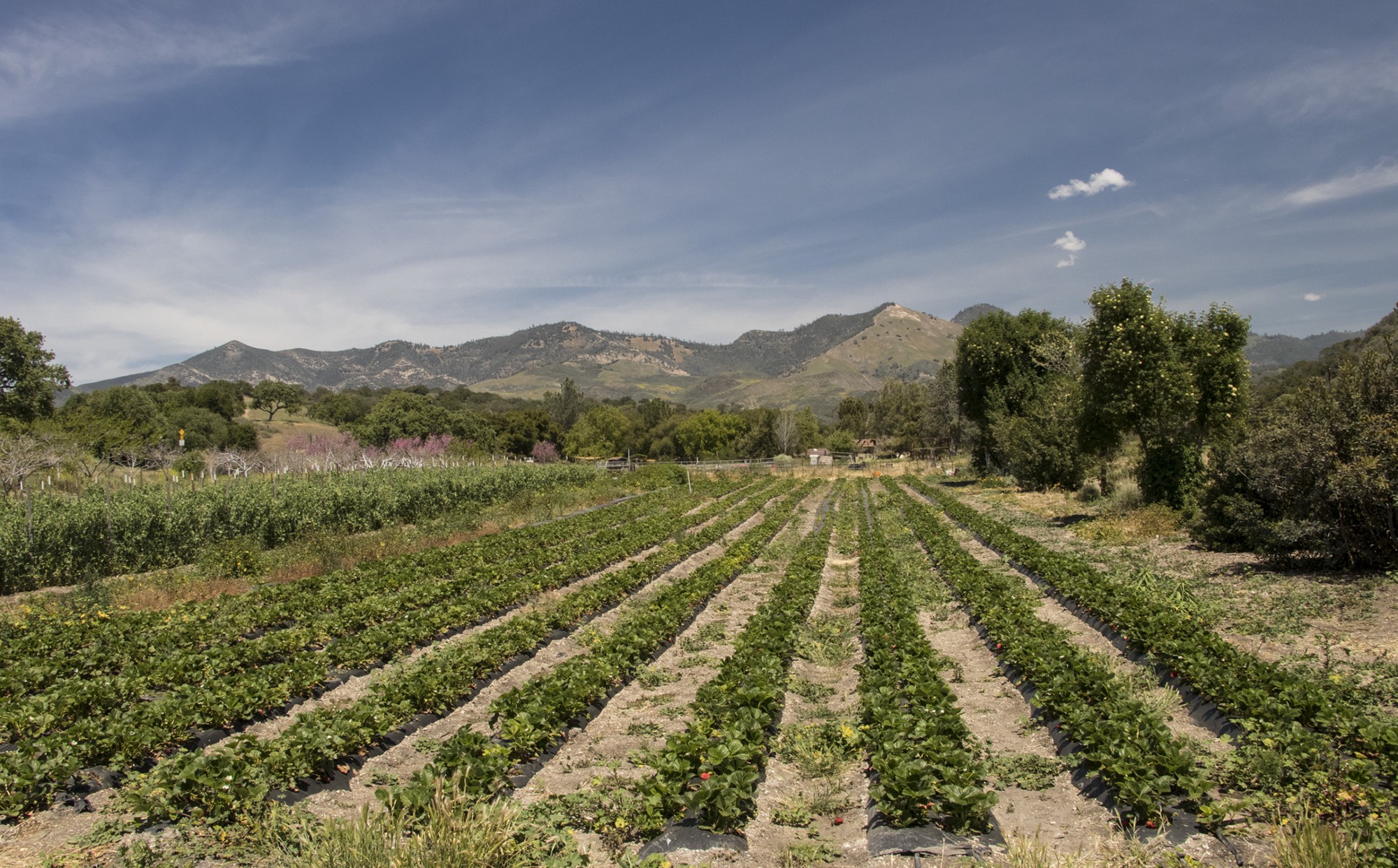
Midland School is nestled in a valley about 40 miles up the coast from Santa Barbara.
Marcie Begleiter
This article is from the California Sun, a newsletter that delivers California’s most compelling news to your inbox each morning — for free. Sign up here.
Get your daily dose of the Golden State.